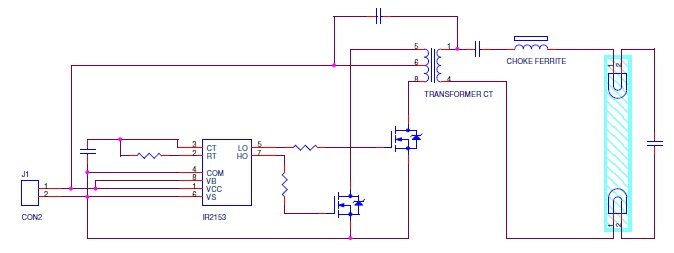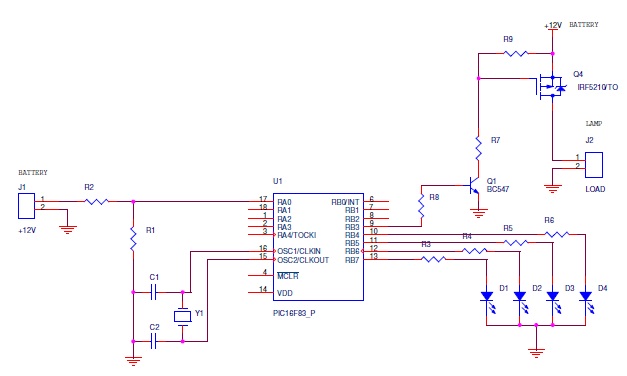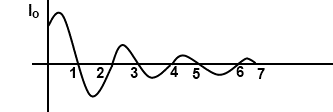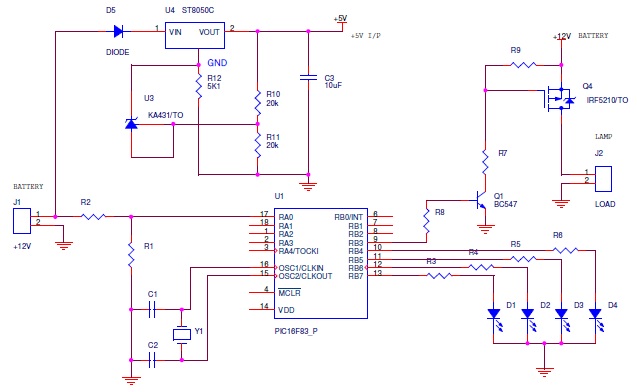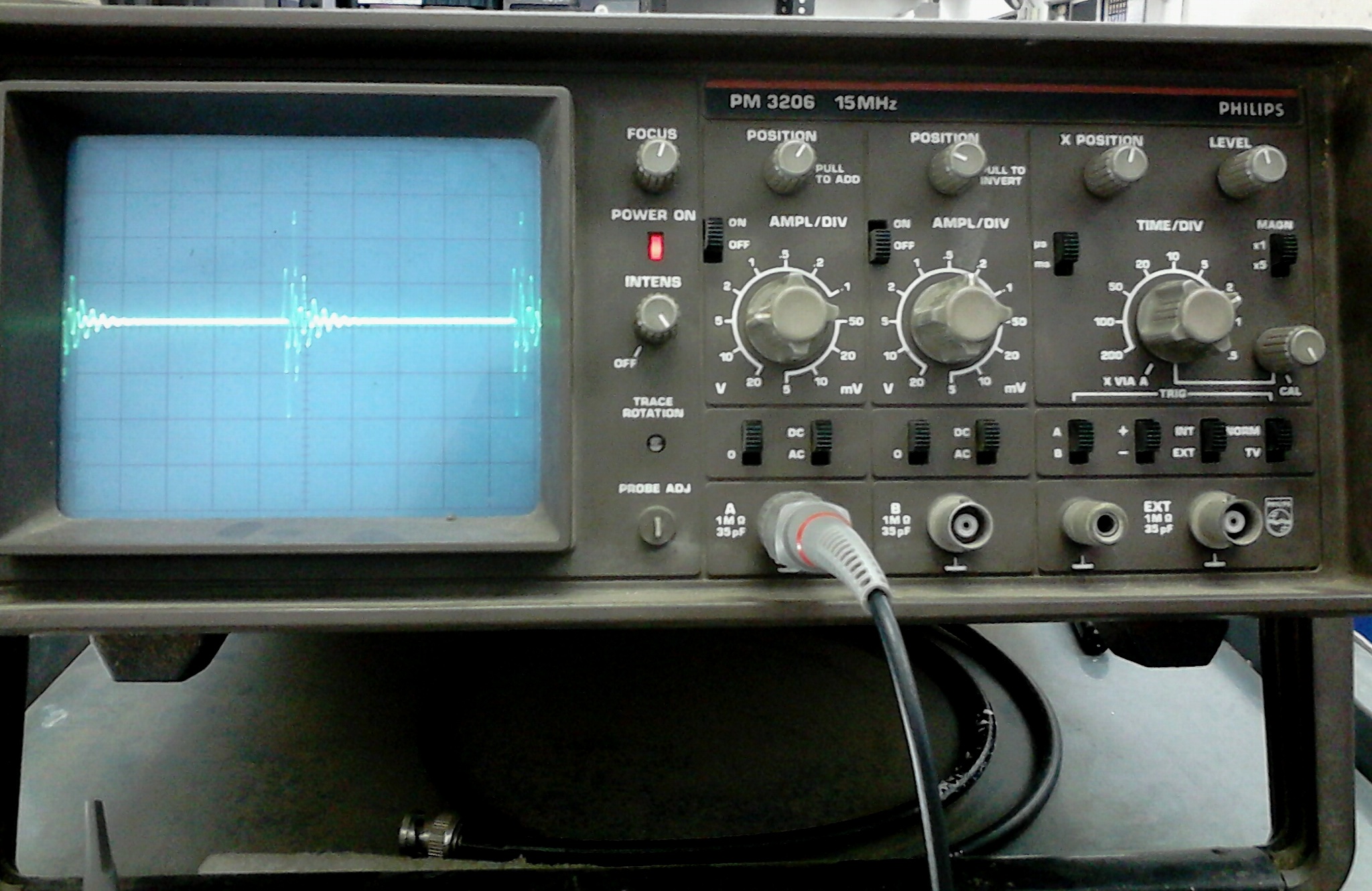richardlaishram
Member level 4
- Joined
- Jan 6, 2013
- Messages
- 77
- Helped
- 6
- Reputation
- 12
- Reaction score
- 6
- Trophy points
- 1,298
- Location
- Planet Earth
- Activity points
- 1,804
I've designed a PIC16F716 Microcontroller Board which detects battery voltage (12V Battery) using ADC and turns off the load when battery voltage is low (11V). Also 4 LEDs indicates the battery level. The board works perfectly with 12V bulbs and LED panels.
But when a 12 fluorescent lamp driver circuit is connected at the load the battery level indicator flickers fast and the load is turned ON/OFF at times even if the battery level is 13V approx.
I'm doubting a noise from the lamp which operates at a very fast frequency (40KHz approx.). I've Googled about harmonics and all related information but I'm still helpless.
Please guide me how to avoid this or suggest any filter circuit to avoid the noise.
But when a 12 fluorescent lamp driver circuit is connected at the load the battery level indicator flickers fast and the load is turned ON/OFF at times even if the battery level is 13V approx.
I'm doubting a noise from the lamp which operates at a very fast frequency (40KHz approx.). I've Googled about harmonics and all related information but I'm still helpless.
Please guide me how to avoid this or suggest any filter circuit to avoid the noise.
